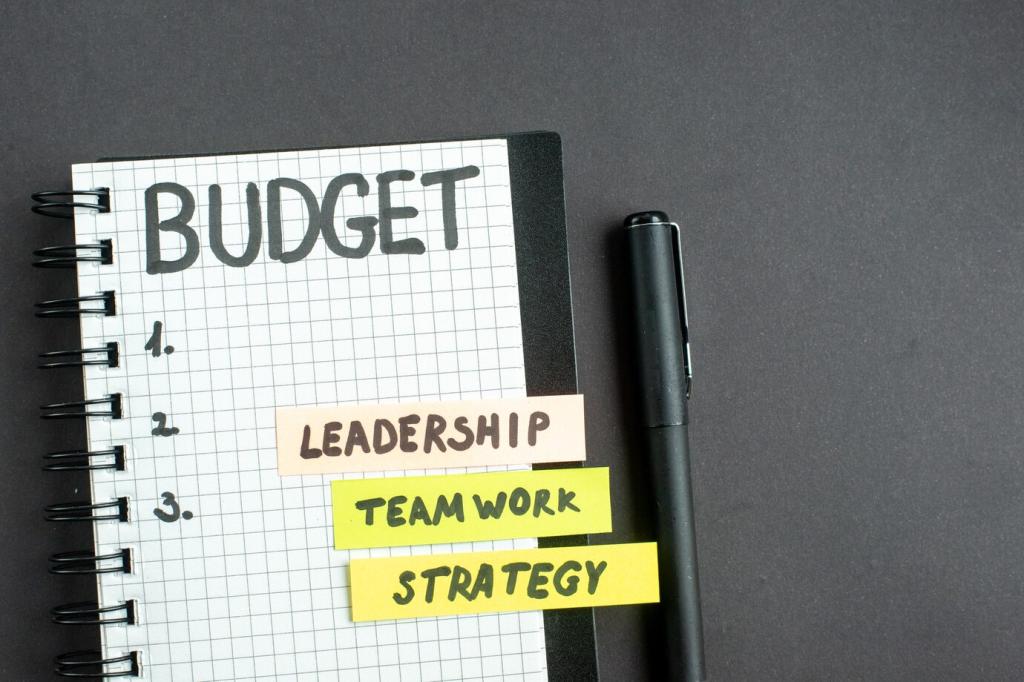Couples and Families: Shared Digital Budgeting Strategies
Use a joint account for household essentials, individual accounts for personal spends, and shared savings for goals. Agree on contribution percentages, not just amounts, to keep things proportional. Transparency through shared dashboards reduces surprises and helps both partners celebrate progress in real time together.
Couples and Families: Shared Digital Budgeting Strategies
Once a month, review goals, big upcoming expenses, and category tweaks. Keep it short, light, and focused on decisions, not blame. Digital budgeting strategies succeed when communication becomes a repeatable ritual, turning tension into teamwork and encouraging both voices to shape the plan with respect.
Couples and Families: Shared Digital Budgeting Strategies
Set up simple youth categories—spend, save, give—and match contributions occasionally to spark excitement. Let them track a small subscription they really want. This practical experience creates powerful money awareness early, tying digital tools to real choices and pride rather than vague lectures about responsibility.
Couples and Families: Shared Digital Budgeting Strategies
Lorem ipsum dolor sit amet, consectetur adipiscing elit. Ut elit tellus, luctus nec ullamcorper mattis, pulvinar dapibus leo.




